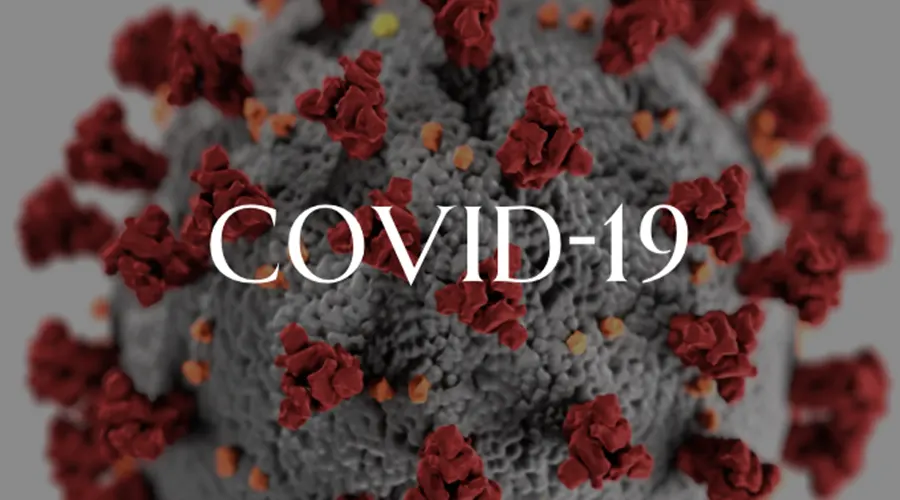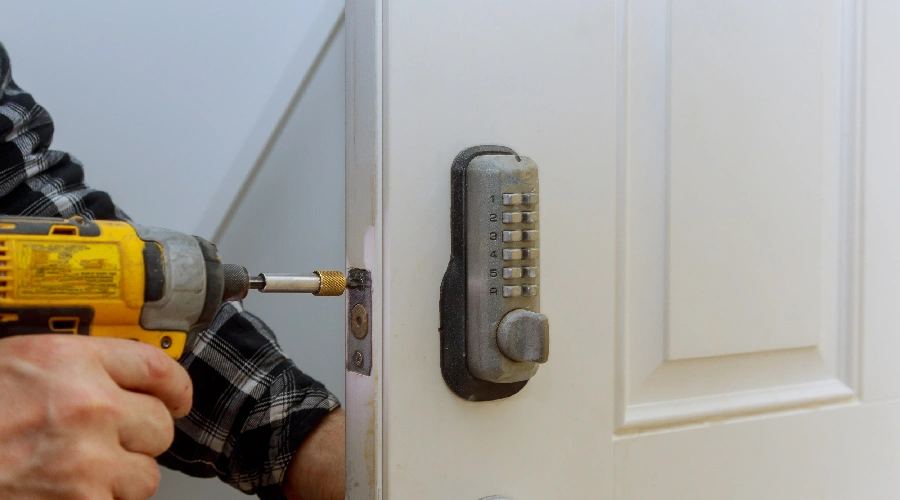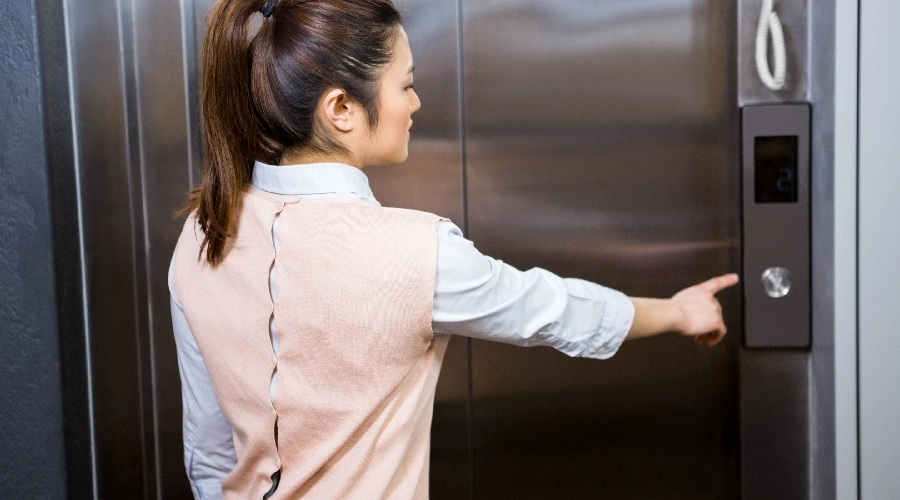Coronaviruses are a family of viruses that can cause respiratory illnesses in humans. They're named "corona" because of the crown-like spikes present on its surface. Serious acute respiratory syndrome (SARS), Middle East respiratory syndrome (MERS)and, consequently,the common cold are some examples of coronaviruses which cause illness in humans.
The latest variant of coronavirus called SARS-CoV-2 was first discovered by Wuhan, China in December 2019. It's since spread to every country on the planet.
What You Need to Know About Noval Coronavirus or Covid-19
If you are positive for COVID-19and are more likely to be sick, treatment is accessible, so don't be worried and seek treatment at the nearest covid-19 Covid Treatment Clinic Located in Addison. Finding the most effective treatment could lower the chance of being hospitalized. Don't put off treatment, it must be started within days from the time you begin to experience symptoms to be effective. Other medications canalso help to reduce symptoms and help you manage your illness.

How is the virus transmitted?
It's probable that the Coronavirus Disease (COVID-19) originated in animals, and later spread to human beings.
Spread from person to person of the novel coronavirus virus has been reported, but it's still unclear the speed at which this occurs.
Other human coronavirus types are spread from person to person through droplets of contaminated fluids from an individual who is sick with the disease (through coughing or sneezing) or contaminated hands.
How does the new coronavirus (SARS-CoV-2) propagate from person to another?
Coronavirus is likely to spread:
- The virus circulates in respiratory droplets released into air whenever an infected person coughs, sneezes, sings, or breathes around you. You'll be infected if you breathe in these droplets.
- You also can get coronavirus from close contact (touchingor shake hands) with someone who has contracted the virus and later the contact can be with your face.
COVID-related symptoms in infantsor toddlers as well as children?
Generally, COVID-19 symptoms in kids and babies are less severe than for adults. A handful of infected children might not be showing any signs of illness at all.
COVID-19 symptoms that affect children and adults are:
- Cough
- Chest or fever
- Shortness of breath or difficulty breathing
- Muscle or body aches
- Sore throat
- New loss of taste or smell
- Diarrhea
- Headache
- New fatigue
- Nausea or vomiting
- Runny nose or congestion
Certain symptoms of COVID-19 and hence the flu can be shared and it is difficult to identity which either might be present.
If you are experiencing the same symptoms which may appear and feel like covid symptoms however they are in fact covid symptoms, so you always must not visit the covid treatment center instead, you should find those Alcohol Treatment Facilities Texas City for your treatment.
"People with flu-like symptoms should take care about exposing other people to them and should be tested to see if they have COVID," Millstone says. Millstone. "Testing for influenza viruses can be important, as available medicines can help reduce symptoms in people suffering from influenza."
It is common to experience cough and fever as COVID-19 signs in adults, and children. Shortness or breath are more often observed in adults. Children can suffer from pneumonia but without any obvious symptoms. They might also experience an excessively tired, sore throator diarrhea.
Howeverserious illness among children suffering from COVID-19 can be a possibilityand parents should be attentive if their child gets diagnosedwith, or shows evidence of, the illness.
How long is someone with COVID-19 considered to be contagious?
If you've got COVID-19 it can take several days before you start to feel symptomsHowever, you're infectious at this point. Your symptoms are no longer contagious for 10 days following the time your symptoms began.
The best method to prevent spreading COVID-19 to other people is to:
- Stay 6 feet far away from others whenever possible.
- Make sure you wear a mask made of cloth. It protects your nose and mouth when around people.
- Hands should be cleaned frequently. If soap isn't available use a hand sanitizer which contains at least 60% alcohol.
- Beware of crowded indoor spaces. The windows should be opened to let in the fresh air as often as is possible.
- Keep yourself in isolation if you are experiencing symptoms that could be caused by COVID-19 or are positive on a test for COVID-19.
- Clean and disinfect frequently touched surfaces.

Does my child need to wear a mask while at home?
Your child's health may be the top priority. There could also be times when wearing a mask home are the safest way to go.
If you're hosting guestsoutdoors, outdoor gatherings are much safer than indoor gatherings. If you have guests who inherit your home, it's going to be recommended that everyone wears an air mask if the ventilation is poor or if physical distance of at least 1 meter cannot be sustained.
Children with symptoms of COVID-19 need to wear a mask for medical reception while in shared areas, as long as they will tolerate it. Family members or caregivers that are within a distance of 1 meter from the reception of the sick child should be wearing a medical mask.
Coronaviruses? and the way do they invade cells?
Coronaviruses are single-strandedviruses, about 120 nanometers in diameter. They are susceptible for mutation and recombination, making them very diverse. There are about 40 different species (see appendix one) and they mainly infect mammals, humans, and birds. They live in bats as well as wild birds, and can spread to other animals and, consequently, to humans. The COVID-19 virus is believed to have originated in bats, and later spread to snakes and pangolins, and hence to humans, perhaps through contamination of meats from wild animals, as found in China's markets for meat.
The corona-like look of coronaviruses is due to spike glycoproteins, also known as peplomers, which are required to allow the virus into host cells. The spike has two subunitsOne subunit, S1, binds to a receptor located on the cells' surfaceThe other subunit, S2, fuses with the cell wall. The cell wall receptor for both SARS-CoV-1 and SARS-CoV-2 is a form of angiotensin-converting enzyme, ACE-2, different from the enzyme that's inhibited by conventional ACE-1 inhibitors, like enalapril and ramipril.
In brief, the S1 component of the spike binds to the ACE-2 enzyme that is located on the cell wallsurface. The Tran's Membrane serine protease, TMPRSS2, then activates the spikeand cuts off the ACE-2. TMPRSS2 also works on the S2 subunit, facilitating the fusion ofthe virus to cells' walls. The virus is then introduced into the cell. Within the cell, virus can be released by endosomes by acidification or the action of the intracellular cysteine protease cathepsin.
The first thing parents should realize about the different coronavirus strains that affect babies and children?
Coronavirus variants, like those that have mutations that make them more contagiousremain in circulation, particularly in areas with low rates of community COVID-19 vaccine.
For children who are too young to be vaccinated (and adults who have not been vaccinated against coronavirus) it is vital to adhere to COVID-19-approved precautions like wearing a mask when you are in public and indoor areas to lessen the possibility of being infected withthe coronavirus.
"Indoor activities can be more dangerous than outdoor ones, however the risk can be mitigated by concealing hand washing, distancing hand washingand a better ventilation system," Millstone says.
Parents and caregivers should be aware that children who contract the coronavirus are susceptible to complications that may require hospitalizationand could spread the virus to other children.
In rare instances, children infected with the coronavirus can suffer a serious lung infection. They may become sickwith COVID-19. In some cases, deaths have occurred. This is why it's crucial to take precautions and avoid the spread of infection to children as well as adults.



